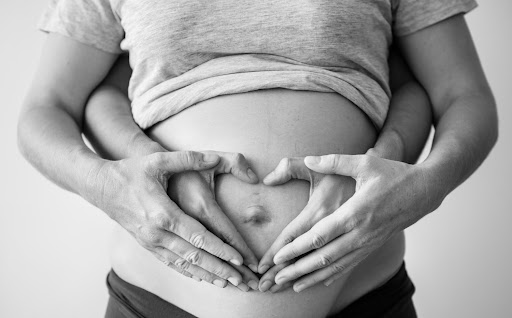The role of physiotherapy is often underestimated, yet they play a crucial part when it comes to the recovery of the muscular and ligamentous tissues after pregnancy. With effective monitoring, assessing, and treating conditions, a pelvic floor physiotherapist has a higher head in pregnancy. With respect to physiotherapy preventing physical and emotional instability, anxiety, and stress, there are improved changes in the mother for a successful pregnancy.
When antenatal and postnatal physiotherapy care is taken under consideration, there is a wide array of approaches that a physiotherapist puts forward. The assessment, thorough evaluation, diagnosis, treatment, and prevention are all part of the care cycle that encourages enhanced quality of life.









